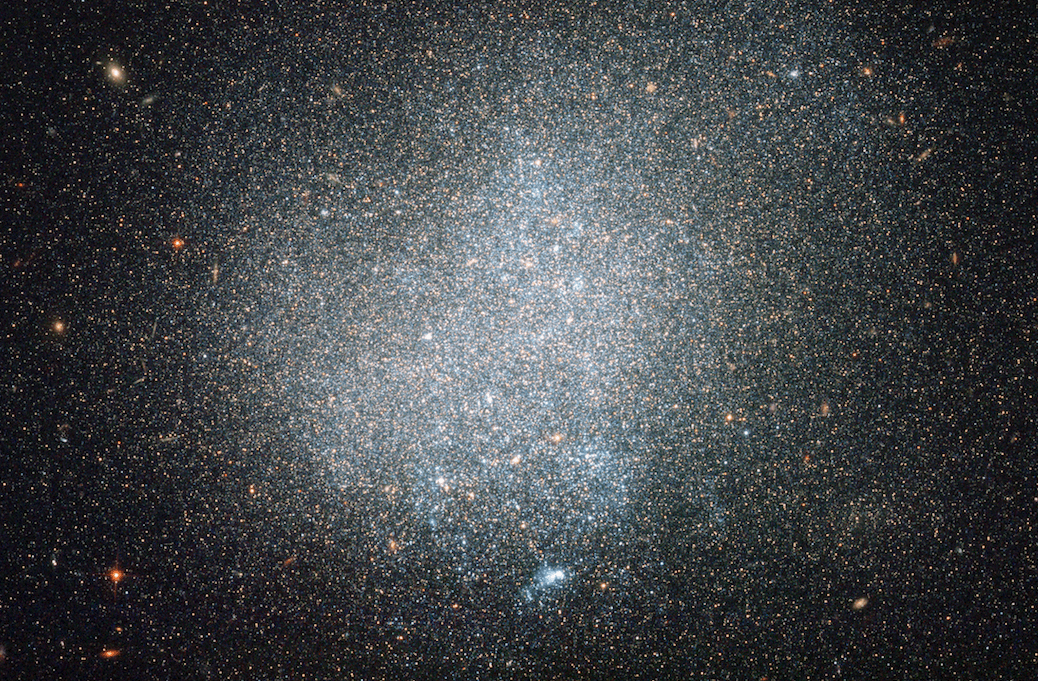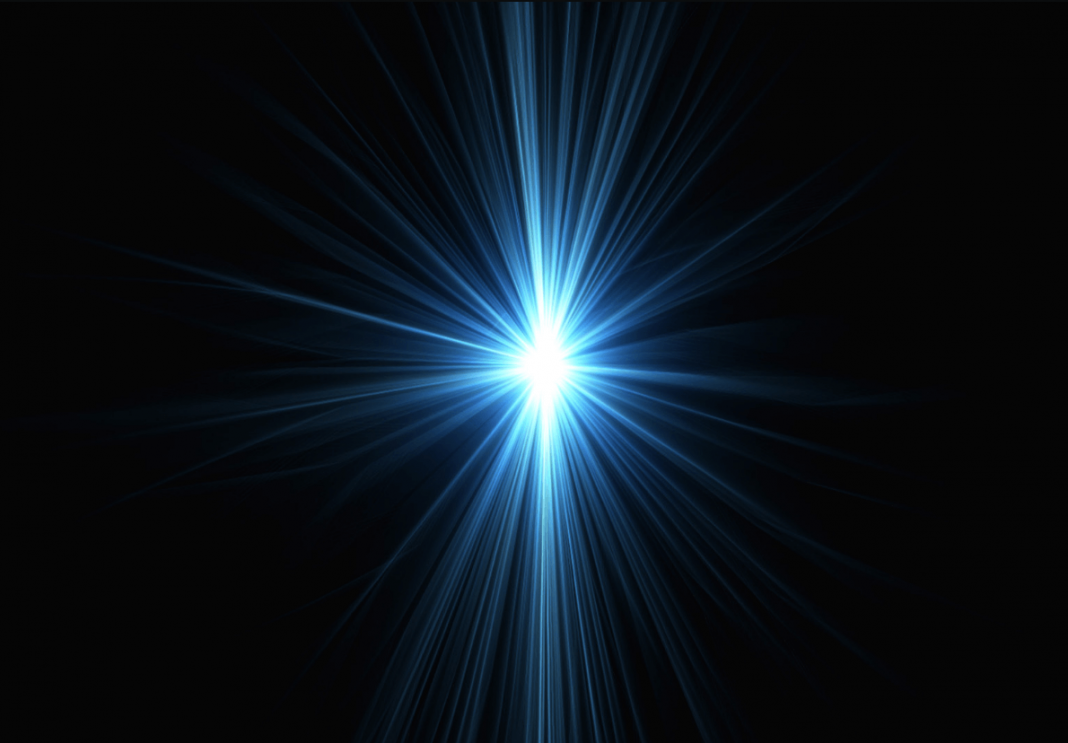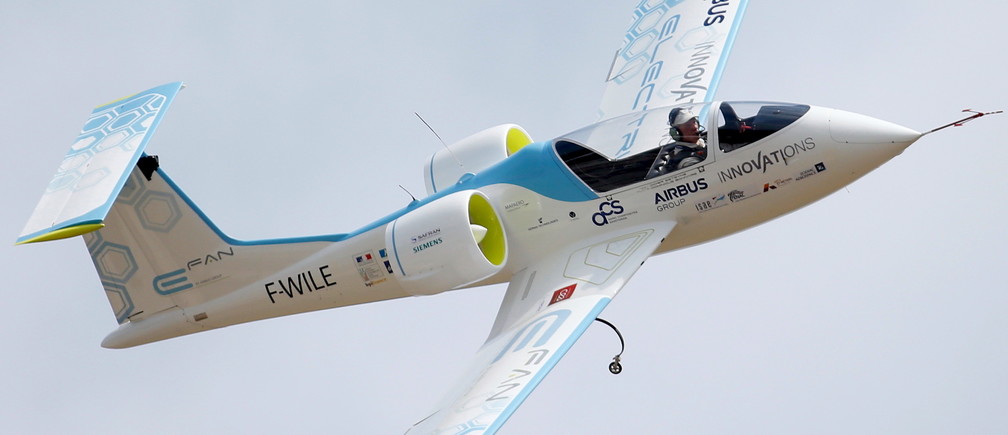If space-time is a result of interconnected quantum bits, then we no longer need to search for dark matter as an explanation for the behavior of galaxies and other objects in our universe. Recently Erik Verlinde, a theoretical physicist from the University of Amsterdam, has proposed a theory of emergent gravity that says exactly that. But in a recent test, the emergent gravity theory does not fully explain the movements of the object in space as well as other rival theories.
Kris Pardo, an astrophysicist from Princeton University, tested the theory on 81 isolated dwarf galaxies that are supposed to have a large amount of dark matter and make perfect laboratories for testing a number of theories. Next, the rotational speed of those galaxies measured against expected results. For example, the more dark matter, or the effects of emergent gravity, will make those galaxies spin faster. “Isolated Dwarf galaxies are the cleanest test you can get,” explained Pardo. “It’s the best we can do right now.”
The results were mixed for emergent gravity. While the theory successfully predicted the velocity of the smaller dwarf galaxies, the predictions for immense galaxies, especially those with gas clouds, were incorrect and far too low. In previous tests, the theory had done well at calculating the rotational curve of larger galaxies, this failure with emergent gravity now poses a quite problem.
Proponents of the emergent gravity theory are taking Prado’s work earnestly. “This is interesting and good work,” said Verlinde. But adds emergent gravity theories need more work before they can be relied on to make the predictions needed for dwarf galaxies. “I think more work needs to be done on both the observational and the theory side,” he said.
But Pardo’s work hasn’t completely negated Verlinde’s theory. For example, the theory creates different results than expected if the selected galaxies are more disc or elliptical shaped rather than spherical. In order to make the test more accurate, Pardo and team are attempting to get time with the Very Large Array telescopes for better imaging and measurements from the dwarf galaxies.
Similar tests are being done in other laboratories by other scientist experimenting with emergent gravity to explain observed warping from gravitational lensing and to study the movements of galaxy clusters. For emergent gravity theories to effectively replace the theories of dark matter, it has to also explain the overall structure of the universe and the background cosmic microwaves. However, dark matter theories already do a great job of predicting and explaining what scientists can observe about our universe but emergent gravity has not been able to make similarly detailed predictions.
“Verlinde’s collecting puzzle pieces and trying to match them together, but it’s not a complete and coherent picture yet,” said theoretical physicist Sabine Hossenfelder from the Frankfurt Institute for Advanced Studies. She has put forth her own version of Verlinde’s theories that might make a better job of explaining the rotations of more galaxies than others. However, it will take time before any of these emerging theories can fully replace what dark matter theories already do so well.
More News to Read
- What Does it Take to Build the Super Collider?
- According to a New Study, Early Life Stress Can Change Genes in Brain
- Stunning View of Aurora Borealis from ISS in new NASA video
- Imagine Being Able to Explore the Brain Like a Website
- Quantum Computers Made Even More Powerful with New microchip generating ‘Qudits’











